The Analysis of Aluminum Alloy Die Casting Key Technology
Author: SAIVS Date Published: Aug 18,2025
The Analysis of aluminum alloy Die Casting Key Technology — saivs
aluminum alloy die casting is a critical technology in the modern automotive industry and other industrial applications.
Due to the irregular shapes of aluminum alloy shell castings, it is often challenging to meet the required quality standards with machining alone.
Therefore, die casting combined with strict Quality Control processes has become the preferred method for ensuring product strength, durability, and safety.
SAIVS provides advanced die casting solutions that guarantee consistency and high precision in mass production.
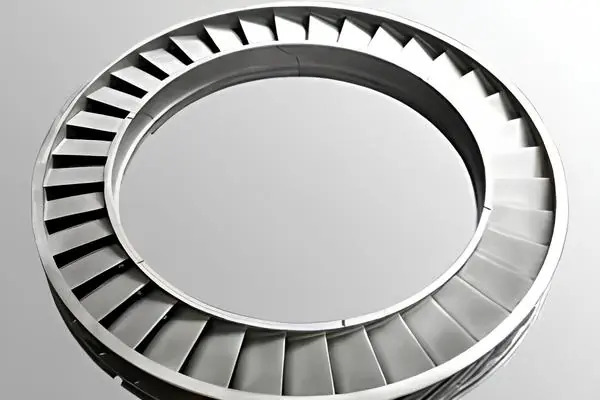
Overview of Aluminum Alloy Shell Castings
Aluminum alloy shell castings are widely used in automotive parts, power equipment, and mechanical housings.
Their strength, lightweight properties, and corrosion resistance make them ideal for demanding environments.
However, these parts face strict requirements for surface quality and internal integrity.
To achieve these standards, modern manufacturers often integrate optical flaw detection and X-ray inspection technologies.
Mechanical Properties of Aluminum Alloy Shells
Tensile Strength: ≥ 240 MPa
Yield Strength: ≥ 140 MPa
Brinell Hardness: ≥ 80 HB
Elongation: < 1%
These mechanical parameters demonstrate why die casting technology must be carefully controlled to ensure that products can withstand high-pressure and high-stress environments, such as automotive crash forces and mechanical loading.
Process Analysis of Aluminum Alloy Die Casting
Production Process
The general production flow includes: raw material preparation → melting and die casting → trimming and cleaning → machining → final cleaning → assembly. Each stage must be precisely monitored to maintain casting quality.
Common Defects in Production
Despite its relatively simple structure, aluminum alloy shell castings are prone to several defects:
- Variegation: Uneven temperatures or poor control of filling speed may cause surface discoloration.
- Porosity: Small pores are common in castings and must be controlled within ASTM E505 level 2 standards to avoid compromising strength and sealing performance.
Defect Control Methods
To reduce such defects, visual inspection and X-ray testing are used. Additionally, CAE simulation and casting software help optimize mold design and predict defect risks before mass production.
Key Process Parameters and Equipment Selection
For aluminum alloy shell casting, a 350T cold chamber die casting machine is typically used. The melting temperature is controlled at 640℃ ± 20℃, and the filling speed is optimized to avoid turbulence and gas entrapment. These parameters are critical to ensuring consistent density and mechanical strength.
Mold Design and Flow Optimization
Virtual mold design and simulation tools are essential to determine the best gating system. By comparing different flow channel designs, manufacturers can select the option that ensures smooth filling, improved internal density, and reduced porosity.
Alloy Liquid Purification
Refining and multi-stage filtration are applied to remove impurities and oxides from the alloy liquid. SAIVS uses fiber and ceramic filter screens to reduce slag defects, ensuring castings meet high-performance standards.
Practical Results and Quality Verification
Through optimized mold design and precise process control, SAIVS has achieved superior results in aluminum alloy shell production.
X-ray inspections confirm internal pass rates of nearly 100%, while destructive crush tests prove that parts can withstand pressures above 25kN — well beyond the minimum requirement of 20kN. This demonstrates the reliability and strength of the die casting process applied to aluminum alloy shell components.
Conclusion
Aluminum alloy die casting technology plays a vital role in improving product quality, reliability, and efficiency.
By integrating scientific design, advanced mold simulation, and strict process control, SAIVS ensures that castings meet the demands of automotive, power generation, and industrial applications. The continuous refinement of key technologies not only enhances product durability but also supports the requirements of large-scale mass production.
Why Choose SAIVS™ as Your Supplier?
1.Superb Quality Control Management
At SAIVS, we take pride in our perfect quality management systems and procedures, which guarantees the excellent performance of all our producs, being a professional Investment Casting | Die Casting| Sand Castingmanufacturer in China.
2.Rich Production Experience
With 20 years of experience in production, SAIVS has a deep understanding of the market and trends, and strives for continuous research and innovation. This has created advantages in both the product's performance and appearance.
3.Competitive Prices
As a Chinese factory committed to becoming the most cost-effective Investment Casting | Die Casting| Sand Castingexporter in China, SAIVS provides high-quality products at advantageous prices. By lowering costs and increasing efficiency, we ensure that our customers receive the best possible value for their investment.
4.Perfect After-sales Service
At SAIVS, we strive to provide superior customer service that meets and exceeds expectations. We are always available for any questions or concerns you may have, and we stand by our commitment to providing excellent after-sales support.
Related Posts
-
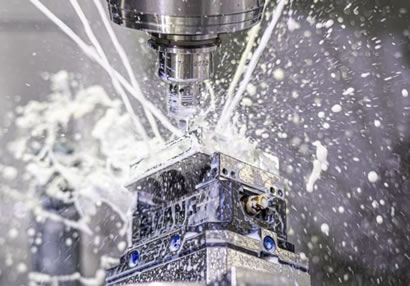
How CNC Machining Is Changing the Medical Industry
Digital motors, sophisticated software, and specialized cutting tools are yielding precision, repeatability, and scalability in CNC machining.Products, devices,...
-
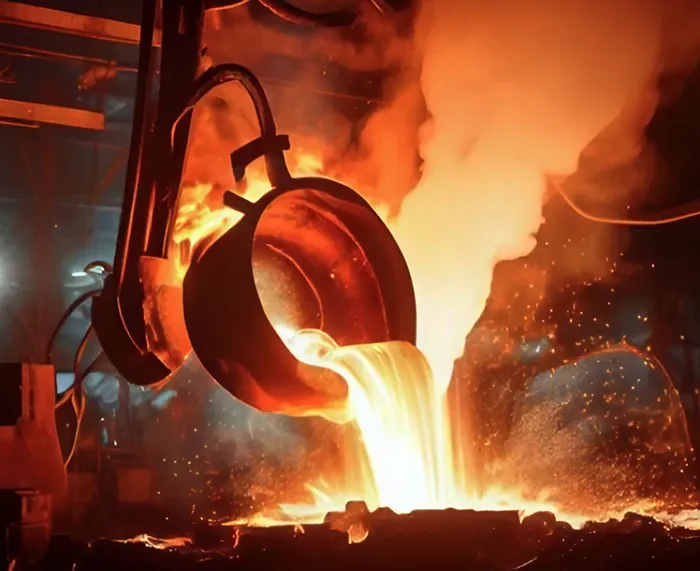
Investment Casting in Marine Engineering
I. The Importance of Investment Casting in the Marine IndustryInvestment casting, also known as lost-wax casting, is a pivotal manufacturing process in the
-
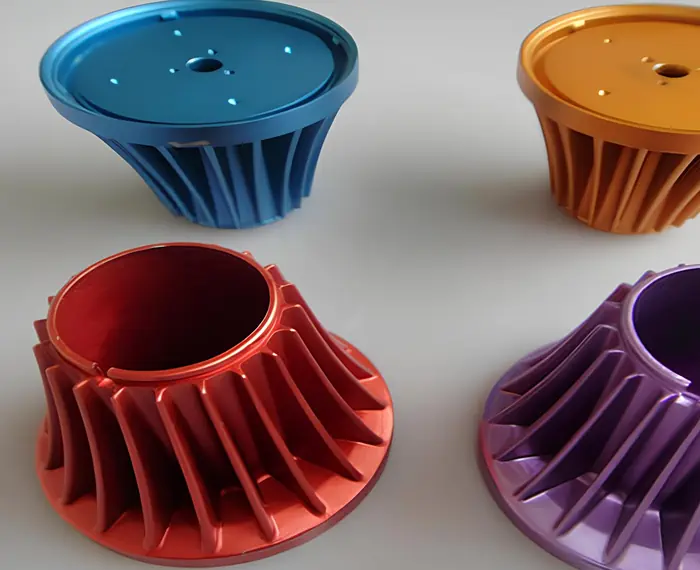
How can riserless casting be achieved in nodular iron production?
Achieving Riser-Free Casting in Nodular Cast Iron: Key Conditions and TechniquesNodular cast iron, also known as ductile iron, is a material highly valued
-
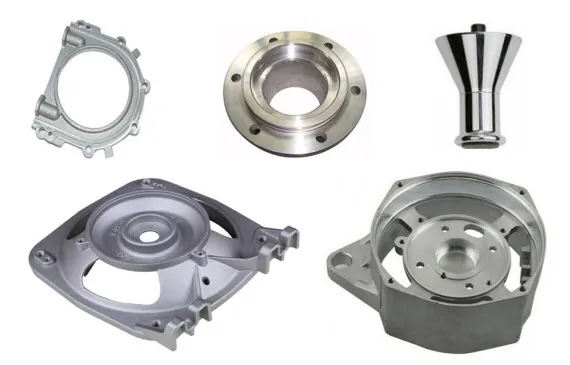
Why Automotive Parts Use Zinc Die Castings
IntroductionIn the automotive industry, the use of high-quality materials is crucial for manufacturing durable and efficient components.Zinc die castings have g...
-

What is the process of gravity casting
What is Gravity Casting?Gravity casting, also known as gravity die casting or permanent mold casting, is a casting process used to produce high-quality metal pa...
-
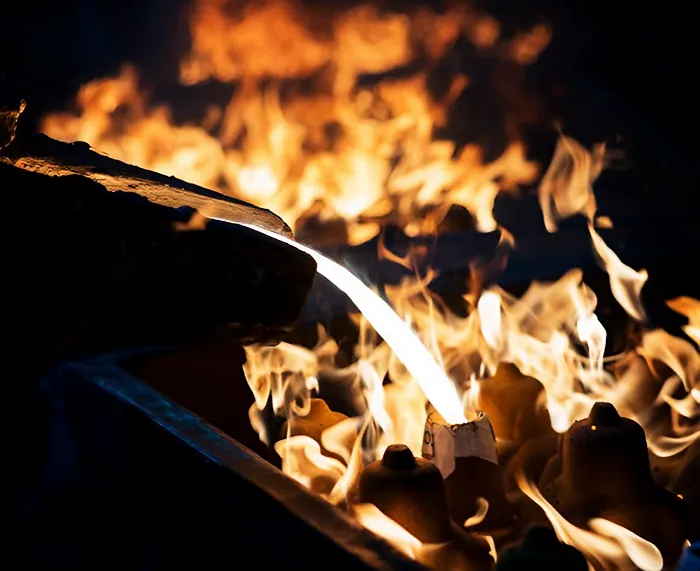
The Timeless Technique of Sand Casting: Past, Present, and Future
This article delves into the fundamentals of sand casting, its historical significance, technological advancements, material applications, and its future in hig...

